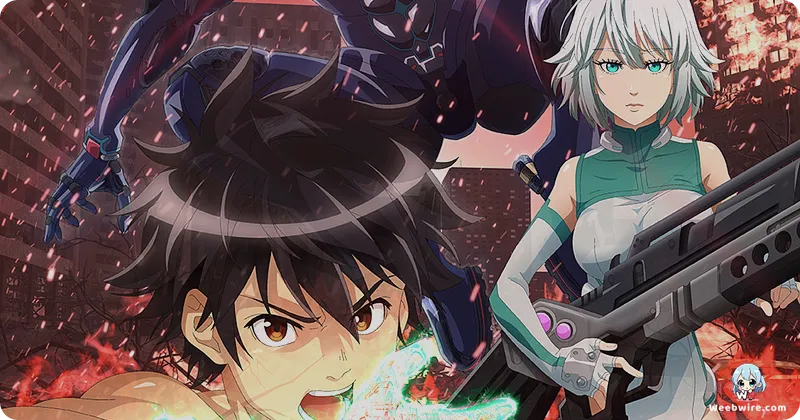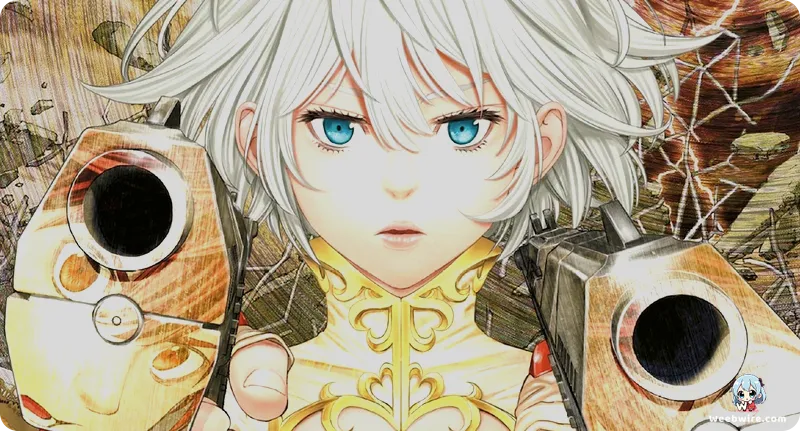The Full 3D Gamble: Inside EX-ARM's Controversial Production and the Live-Action Director Who Shaped Its Infamous Look

The 2021 science fiction action series EX-ARM, based on the manga by HiRock and Shinya Komi, secured a notable position in anime history. This recognition was achieved not primarily through its complex plot involving advanced technology and human consciousness, but through its highly divisive visual presentation. While many contemporary anime productions integrate traditional 2D artistry with selective 3D elements, EX-ARM, produced by Visual Flight, made the significant decision to commit entirely to full computer-generated imagery (CGI) for its entire broadcast run. This technical choice fundamentally shaped the series' reception, establishing it as a crucial, if controversial, case study in modern animation methodology.
The Influence of Live-Action Direction
A key aspect of the production was the unconventional background of director Yoshikatsu Kimura. Unlike most anime directors who typically advance through traditional animation departments, Kimura possesses a substantial pedigree primarily in live-action cinema, notably directing the internationally recognized film adaptations of 20th Century Boys. His transition to directing an anime, particularly one heavily reliant on pure 3D rendering, introduced a distinct cinematic perspective. This live-action sensibility resulted in camerawork, framing, and movement choices within the series that often intentionally deviated from established 2D anime conventions.
Production insights suggest the primary objective was to create a highly cinematic, almost photorealistic appearance capable of dynamically capturing the manga's high-octane, high-tech action. The production team believed that traditional 2D methods might struggle to execute this goal efficiently.
Technical Commitment and Audience Polarization
The uncompromising decision to utilize full 3D rendering defined the technical landscape of the series. Visual Flight, a studio specializing in CG work, undertook EX-ARM as one of its most ambitious projects. Unlike standard industry practice where CGI is typically reserved for non-organic elements like vehicles or complex machinery, EX-ARM rendered every component, including all character models, in 3D. This commitment resulted in the show's signature aesthetic, which immediately polarized the viewing audience.

Critics frequently highlighted the stiff character motion, which was often perceived as operating at a low frame rate, and the unsettling "uncanny valley" effect of the models, particularly evident during dialogue sequences. This technical gamble underscores the production committee's decision to prioritize a consistent, high-fidelity 3D world, even at the expense of the fluidity and expressive nuance traditionally associated with Japanese animation.
Contrasting the Manga's Legacy
The anime’s controversial visual appearance stood in sharp contrast to the reputation of its source material. The original EX-ARM manga, serialized in Shueisha's Grand Jump, was praised for HiRock’s intense narrative and Shinya Komi’s detailed, gripping artwork. The story centers on Akira Natsume, a high school student whose consciousness is implanted within an advanced, sentient weapon system years after a fatal accident. A core challenge for the adaptation was translating Komi’s expressive 2D line work and character designs into 3D models while preserving their visual integrity and energy.
Furthermore, the necessity of condensing the dense manga narrative into a rapid 12-episode format, combined with the distinctive visual style, resulted in a viewing experience often criticized for its jarring narrative pace. Ultimately, EX-ARM remains a pivotal, though debated, example illustrating the complex artistic and economic trade-offs inherent in pushing the boundaries of full 3D serialization. Its legacy is thus tied more closely to its bold animation experiment than to its science fiction premise.
Credits
EX-ARM
Author
HiRock (Story) and Shinya Komi (Art)
Cover Art
Shinya Komi
Studio
Visual Flight
Publisher
Shueisha
Producers





